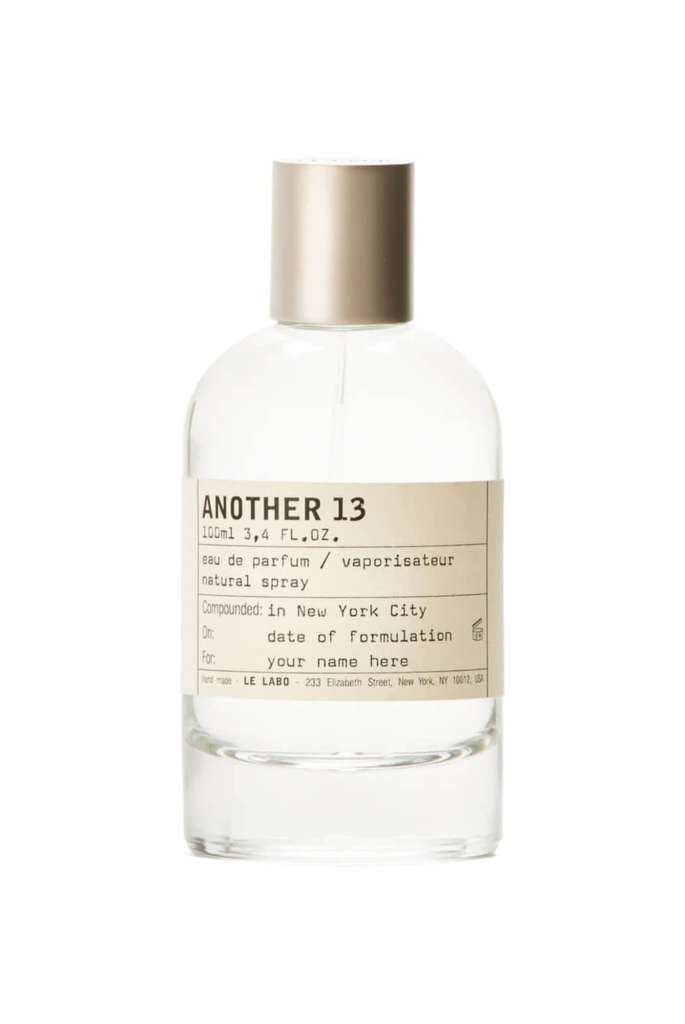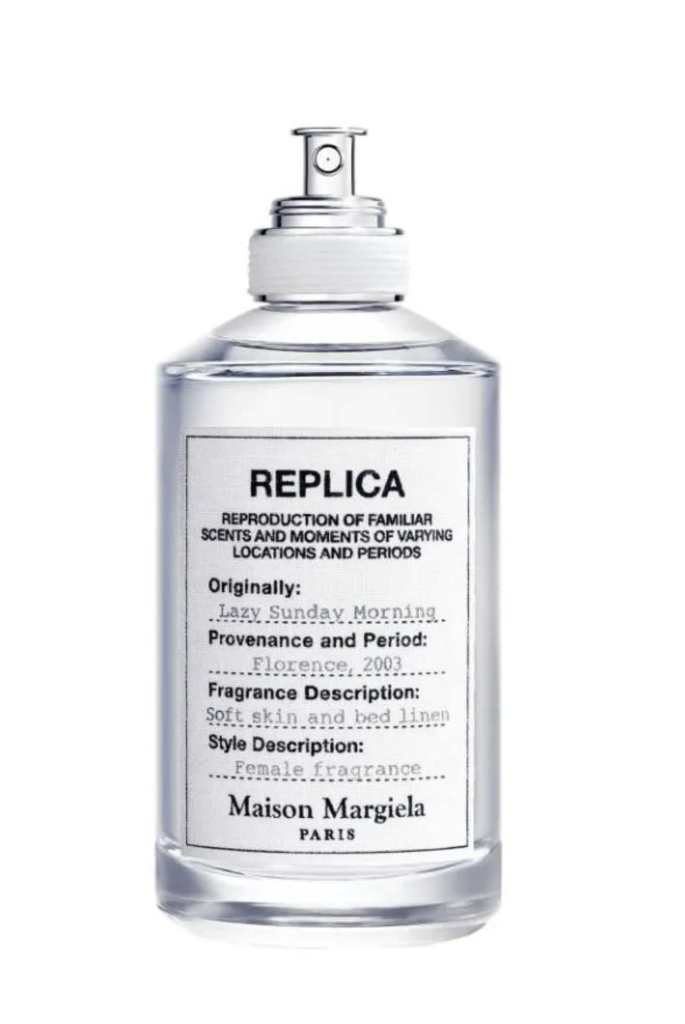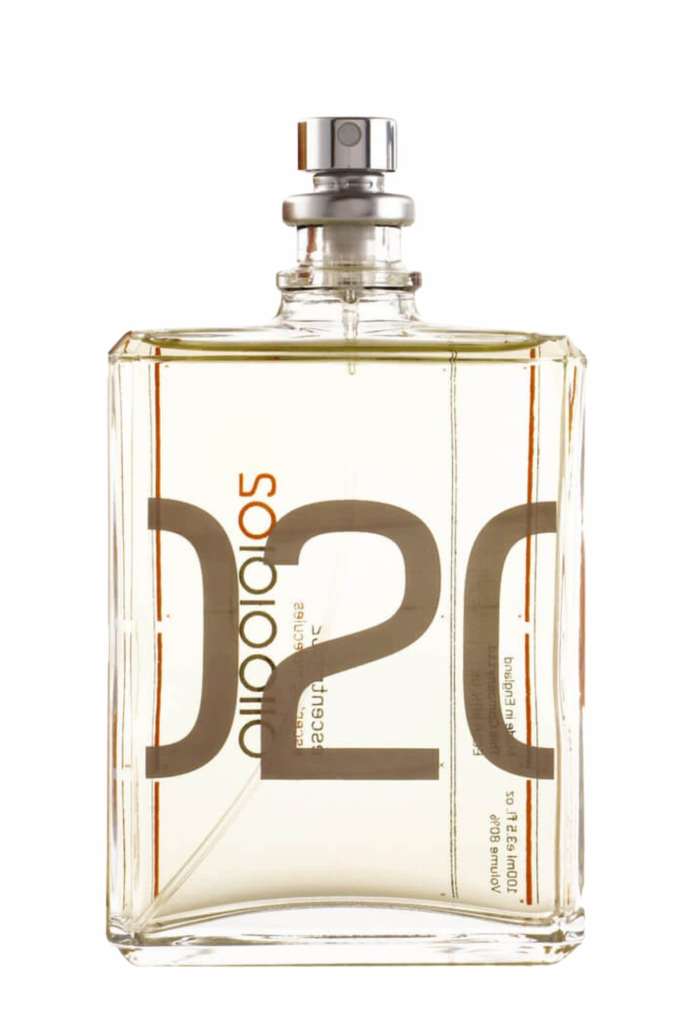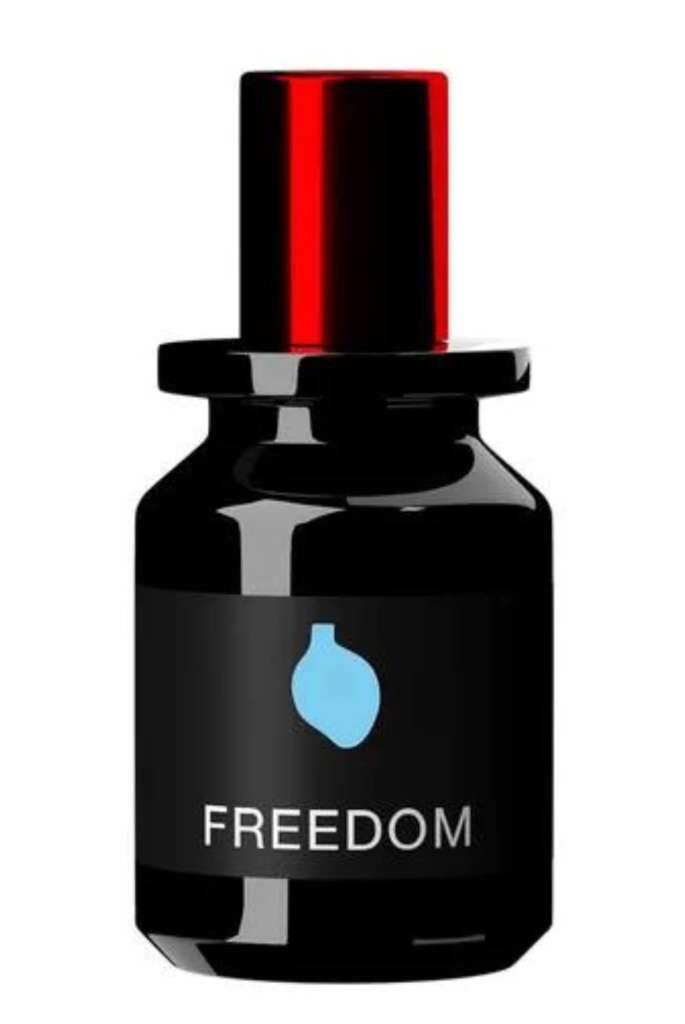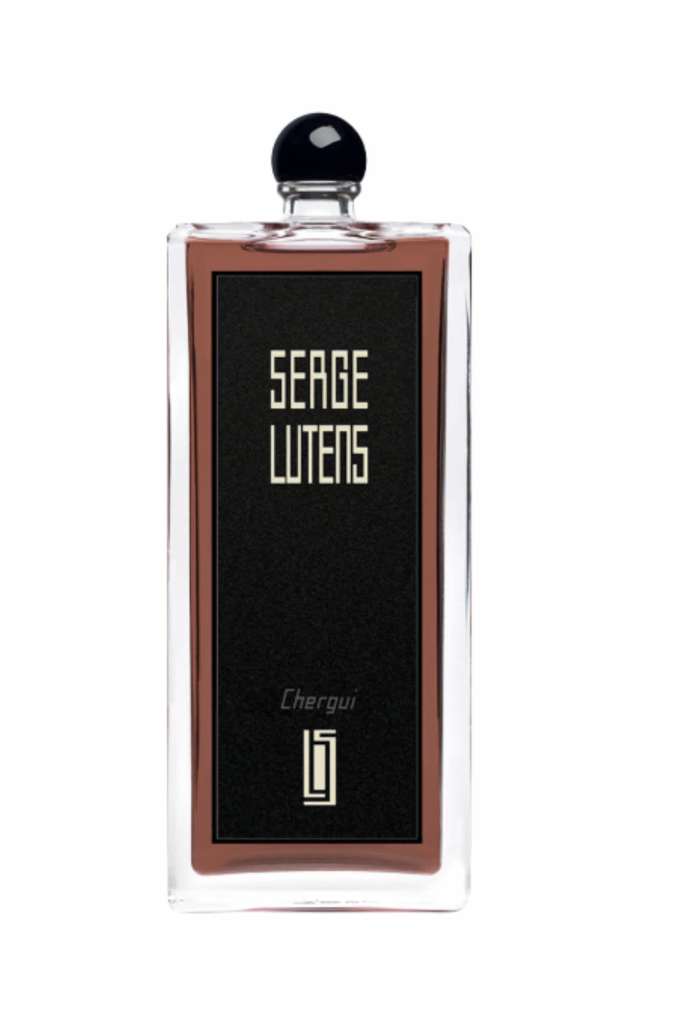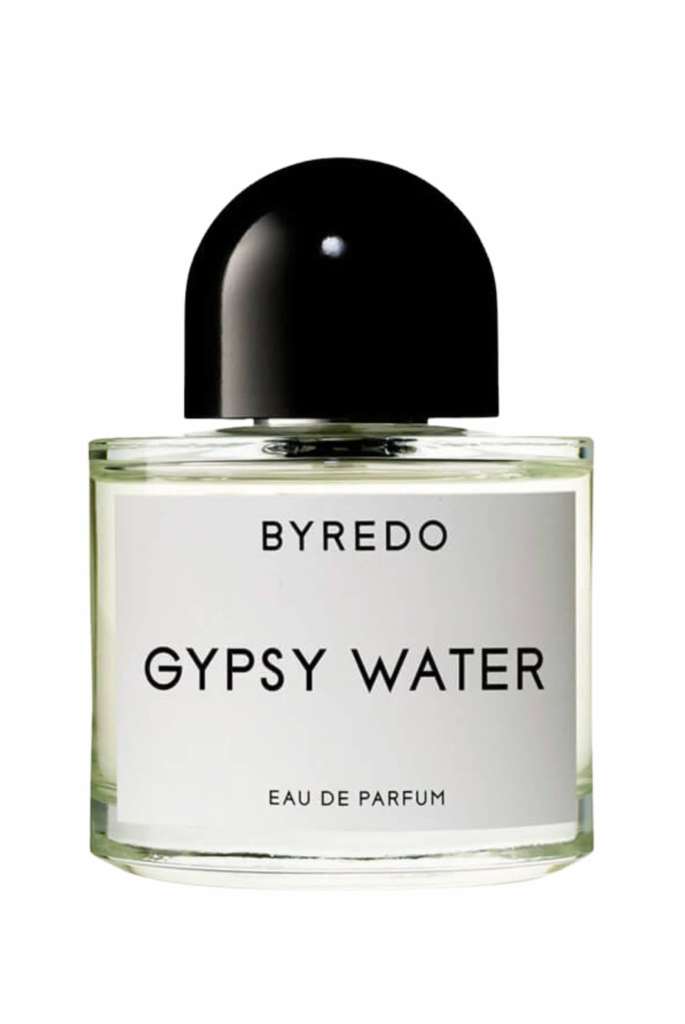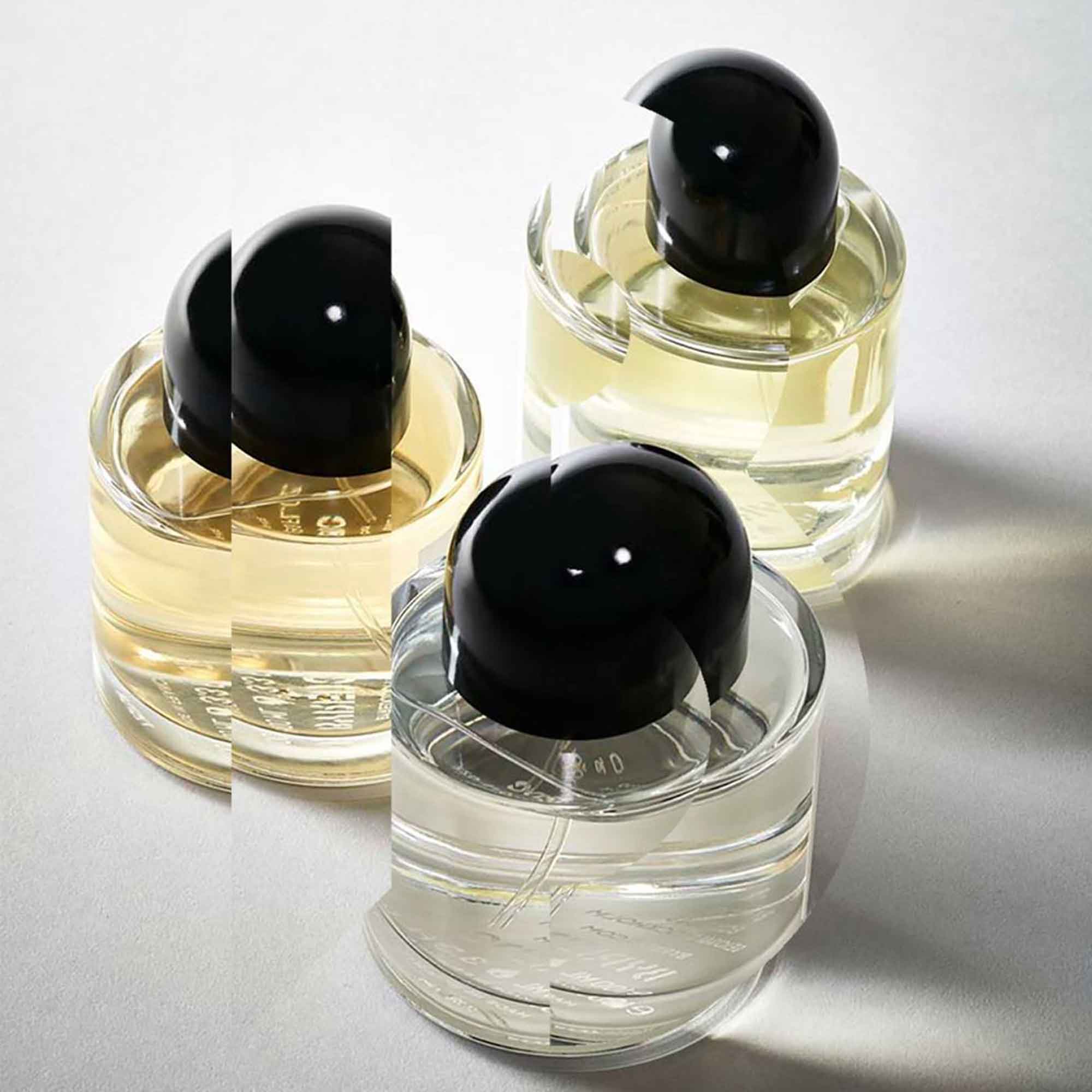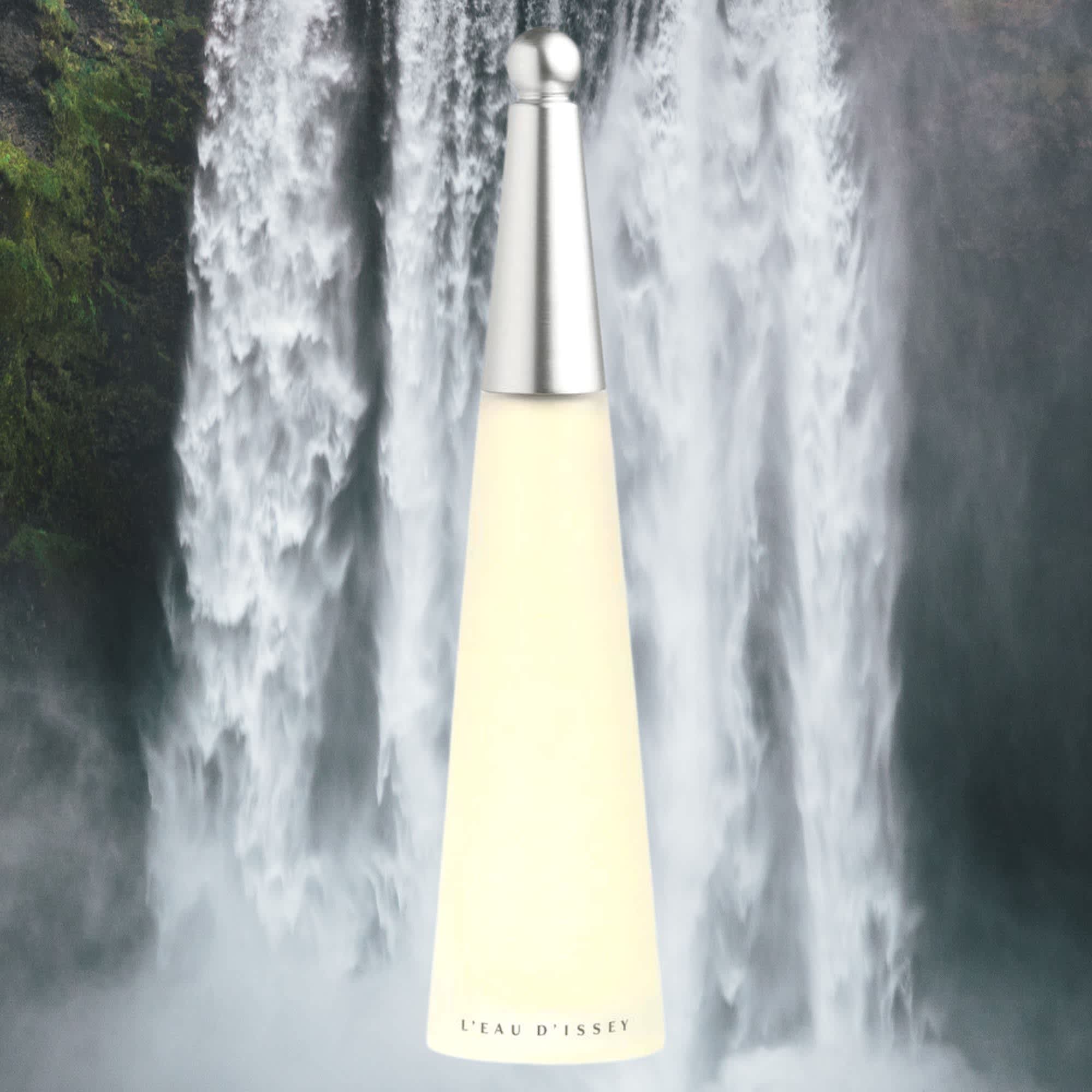
- POPSUGAR Australia
- Beauty
- Issey Miyake’s L’Eau d’Issey Was the First “Transparent” Fragrance
Issey Miyake’s L’Eau d’Issey Was the First “Transparent” Fragrance

Issey Miyake revolutionised the runways of the ‘90s with wrinkle-proof pleats and the belief that great clothing “worked in real life.” He also quietly changed the fragrance industry with his Eu de Toilette, L’Eau d’Issey – the first “transparent” scent. With his passing this month, it’s time to reflect on the emotional legacy of L’eau d’Issey.
L’eau d’Issey: The “Spring Water” Scent
In 1992 when Issey Miyake set about creating L’Eau d’Issey with cosmetics giant Shiseido, he said he wanted to create a fragrance “as clear as spring water”.
The 80s had been characterised by vampy, powerful fragrances like Christian Dior, Poison, Guerlain, Samsara and CoCo Chanel. These “parfums” were dripping in heavy florals like jasmine and tuberose, they oozed oud. These bestsellers were the fragrance equivalent of shoulder pads. Whether you were in the boardroom or at the bar, they announced your arrival.
With these aggressively sensual scents dominating the market, Issey Miyake proposed a fragrance that smelt like… water.
Shiseido took a gamble and L’eau d’Issey became an international best seller. To this day, a bottle of L’eau d’Issey sells every 14 seconds – and its success heralded the rise of the “transparent” fragrance, which became the defining scent of the ’90s.
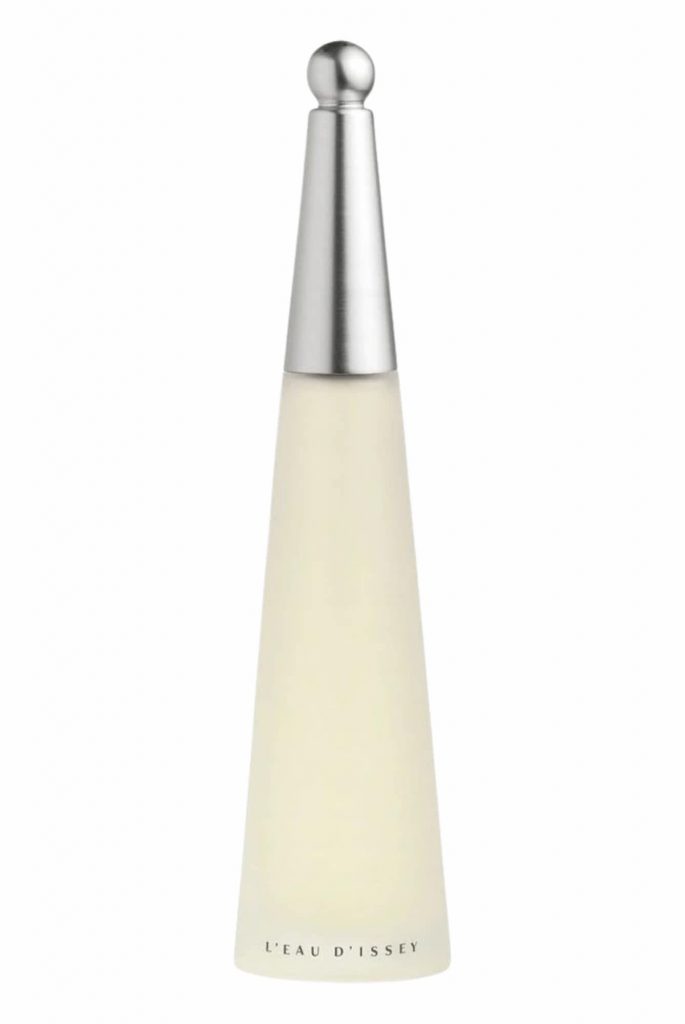
What is a Transparent Fragrance?
Transparent fragrances give a “your skin, but better” feel. They settle on the skin like a veil rather than a cloak and are often described by perfume houses as evoking scents of the everyday, like fresh laundry, or of specific places — after all, the “scent” of air and water usually depends on the surrounding environment.
The key to many transparent fragrances like L’eau d’Issey is the use of ingredients like “calone” — a watermelon compound patented by Pfizer in 1955, which they happened upon while working on the development of benzodiazepines. When isolated, calone has nominal scent profile, but it adds a salty, atmospheric freshness when combined with floral and wood notes.
Master perfumer Jacques Cavallier brought Issey Miyake’s dream to life, and created the mist of a waterfall in a springtime forest, a blend of colone, freesia, rosewater, water peony and Lily-of-the-Valley. Light osmanthus, cedar and musk as base notes suggested the loamy damp of a forest floor, and Miyake’s vision was bottled.
Related: 10 Times Celebrities Wore Unforgettable Issey Miyake Looks
L’eau d’Issey’s Emotional Legacy
Cavallier told The Cut that his first scent memory was the smell of his mother’s rose water, and that the scent should be: “an eternal smell, something you knew before, from the day first smelled it and it reveals itself to you.”
Fragrance can also transport you from negative memories.
Issey Miyake was a survivor of Hiroshima. He rarely spoke about the experience, but in 2009 penned an essay for the New York Times, urging then-US President Obama to take action on Russia’s development of nuclear arms.
He described his experience as a seven-year-old: “When I close my eyes, I still see things no one should ever experience: a bright red light, the black cloud soon after, people running in every direction trying desperately to escape. I remember it all.” Miyake’s mother died three years after the bombing of radiation exposure. Miyake said he didn’t want to be considered the “designer who survived the atomic bomb”. Instead, he preferred “to think of things that can be created, not destroyed, and bring beauty and joy”.
Related: How Perfume Empowers Me to Explore My Gender Identity
Our sense of smell engages the limbic system, amygdala and hippocampus, the regions of the brain responsible for emotion and memory. As infants in the womb, our only fully developed sense is that of smell, and it remains our most developed sense until the age of ten. We also smell “in colour”. This is why negative experiences in childhood can turn us off scents, colours, or tastes for life. It’s unsurprising that Miyake who saw flashes of “red” and “black” created fragrances and clothes that projected the cool, crisp essence of an unpolluted natural world.
Ouds, civets and musks ground us in our bodies, they’re associated with aphrodisiac and emotional triggers, but for those who find them overwhelming (or even claustrophobic), transparent scents can make for a refreshing change.
Below are seven iconic”transparent” scents that have followed L’eau d’Issey .
Le Labo, Another 13
Another 13 ($467) will leave you feeling like you have an early spring day in a crisp, sun-drenched garden. With jasmine, moss, silky ambroxen and nutty ambrette seeds, this is a fresh and sensual Eau de Parfum.
Maison Margiela, Replica, Lazy Sunday Morning
Maison Margiela’s Replica range is known for fragrances that evoke, memories, places and moments. With a blend of light powdery florals like rose petal, iris and orange flower, and gentle creamy base notes a spritz of “Lazy Sunday Morning” ($194) perfectly captures crisp sheets, sunshine and the languorous joy of switching off your alarm.
CLEAN Reserve, Skin
With a “fresh air” accord and aquatic Clean Reserves, Skin ($140) has a sweet, musky allure of post-ocean dip skin. With sheer honeydew, Lotus blossom and blue rose opening and a white musk, cashmere and amber dry-down, this scent is as comforting as it is evocative.
Escentric Molecules, Escentric 02
The key ingredient in every Escentric Molecule fragrance is Iso E super, a ingredient that reacts to the individual wearer’s body chemistry. Escentric fragrances can be layered with other scents to amplify them, particularly Molecule 01 which is a pure Iso E super. Escentric Molecules, Escentric 02 ($150) is a fresh and summery favourite, containing notes of muscone, orris, elderflower and ambroxan, and it has a sparkling freshness perfect for warmer weather.
Map of the Heart, V.1 Freedom
If you know a lonely expat, consider gifting them this evocative, uniquely Australian scent. Map of the Heart is a fragrance range “born in Australia, made in France”, and they specialise in atypical, atmospheric scent compositions.
Here, green leaves and blackcurrant are blended with salty, aquatic notes and Australian sandalwood, the result? V.1, Freedom ($125) smells like the fresh ocean breeze of Bondi beach and long Australian summers.
Serge Lutens, Chergui
Transparent fragrances don’t need to be aquatic and Serge Lutens, Chergui ($213) is proof of this. French Perfumier Serge Luten has been credited with creating “Proustian” fragrances, and their scents are layered and evocative.
While Chergui is spicey and warm, it’s inspired by the heat of a desert wind following a fire. The addition of dry notes like hay (yes, like horses) and tobacco leaf combined with cool green iris and rose lift heavier, sweeter aromas like honey, amber and incense.
Byredo, Gypsy Water
Byredo’s Gypsy Water ($341) was inspired by founder Ben Gorham’s time in Italy, where he frequently observed the Romany people washing their clothes in a nearby river.
While some have questioned the appropriateness of the fragrance’s name, nobody questions its aromatic appeal. With no aquatic notes, Gorham still evokes the feeling of a dabbled European forest, with fresh juniper berries and pine needles. Meanwhile, vanilla, sandalwood, incense and amber give it its distinctive sensual, cashmere dry-down.


